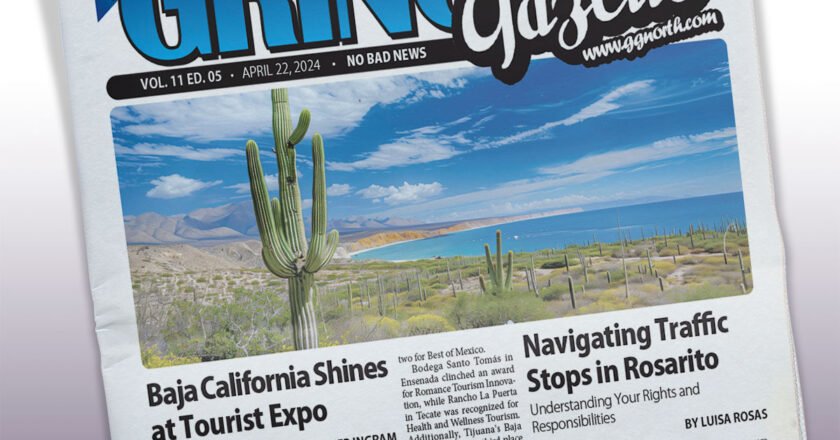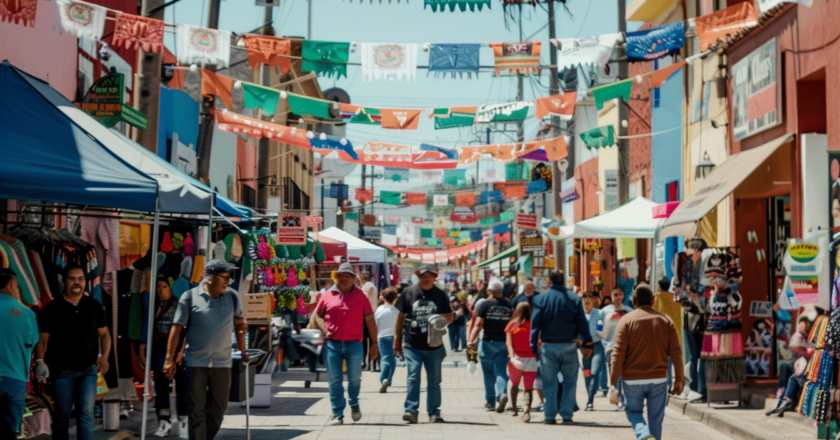How to download a PDF of this publication:1. Locate the icon toolbar at the bottom part of the newspaper window. …


How to download a PDF of this publication:1. Locate the icon toolbar at the bottom part of the newspaper window. …

Ensenada, April 19, 2024 – A severe car accident occurred at the San Miguel toll booth on the toll road …

Red Barn Rescue, based in San Diego, CA, and extending its help to Baja, Mexico, serves as a safe haven …

Exciting news for sailing enthusiasts and adventure lovers! The third edition of the Guadalupe Island to Ensenada Regatta is set …

The Mexican Observatory on Mental Health and Addictions has issued an early warning about the rise of Xylazine, a veterinary …

In an unusual scene last weekend on the beaches of Rosarito, Baja California, authorities were called to rescue four stranded …

As Baja California enters its official campaign period for the 2023-2024 local elections, political activity is picking up across the …

BY OLIVER QUINTERO Goodbye to Card Fees! In a unanimous decision, the Mexican Chamber of Deputies has given the green …

Kraken is the place! BY MARTINA DOBESH There is nothing that perks up the ears of local residents faster than …

BY REN DRAKE HILL Directly from last year’s “resounding success,” the Crossing South Wine and Food Festival will again adorn …